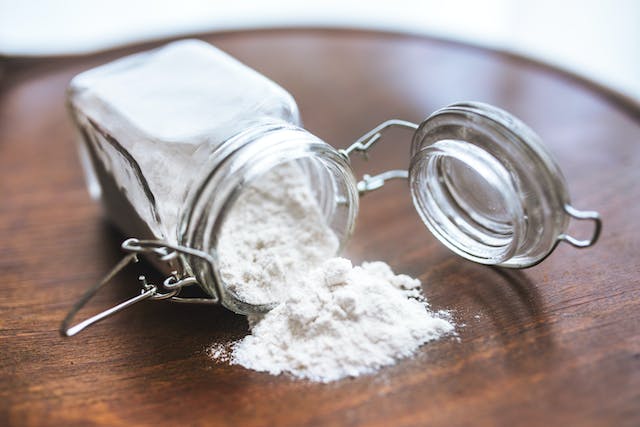Unfortunately, camphor is toxic to babies and children under two years. Do not, under any circumstance, apply it to children, or let them inhale it in any form.
What is Camphor?
Camphor, sometimes known in India as kapur, is a chemical that used to be derived from the bark and wood of the camphor tree. These days, it’s cheaper and easier to make it from turpentine oil.
How Do People Use Camphor in India?
In India, camphor has been used as a germ killer, air purifier, and insecticide. Some people also use it as a medicine to relieve pain, inflammation, and chest congestion.
- It is good at deterring some breeds of mosquitoes
- There is some evidence that camphor deters or perhaps kills cockroaches
- It does not purify air, and can cause breathing difficulties if burned for this purpose. The Hindu Religious and Charitable Endowments (HR&CE) of Tamil Nadu requested a ban on burning of camphor in temples, as it is a chemical product and a pollutant.
- It is an antibacterial agent
Is Camphor Safe?
If used topically on adults, in small doses, and not on broken skin, it may be safe. However, ingesting it can cause serious problems including liver failure and death. If poisoning has occurred, symptoms start within five to 90 minutes of ingestion, including nausea, vomiting, and burning throat.
Only white camphor is ‘safe’. Brown or yellow camphor contain safrole, a carcinogenic compound that contributes to liver cancer. It is incredibly toxic and can cause huge damage even in tiny amounts.
Despite camphor being ‘safe’, it is still a neurotoxin that crosses the blood-brain barrier. As an adult, it is your choice to use, ingest, or apply camphor in a sensible way, and you can minimise risk to be acceptable.
However, it is never safe, in any form, for toddlers or babies. Do not even have it in the house.
Is Camphor Safe for Children or Babies?
No. Never apply camphor topically, never burn it around a child, never leave it in a house with a child. That includes not putting it on their feet. Camphor causes breathing difficulties, convulsions, and coma.
Do not use camphor when pregnant or breastfeeding as it can cause birth defects or harm to your child.
Ingesting camphor can be fatal to babies and toddlers, even in tiny doses. It can also cause seizures, even only with skin application.
Camphor is dangerous for babies and young children and should never be used in any form.
What About Vicks Vapor Rub?
In 2010, Proctor and Gamble paid for a small study which showed that Vicks could be an effective remedy for cold symptoms in children. Note that the study was very small, was not a ‘blind’ test because everyone knew they were applying VapourRub, and the study was paid for by a commercial entity that will benefit from sales of the product. Half the children also suffered from minor side effects such as eye and throat irritation, skin rash, burning skin sensation, headache.
Many other researchers have discredited the study. Also, results have not been replicated, so the study is not reliable.
As an adult you may find relief from Vicks, and that is fine. But do not use it on young children, as it can harm them very badly.
What Can You Give to Children or Babies When They Have a Cold?
It is hard when your kid has a stuffy nose and all you want is for them to feel better. But under two there is not much you can safely do. Recently, research also found that some cough medicines used in India can cause death in young children, and have been banned. Chlorpheniramine maleate and phenylephrine, used under the brand names Maxtra, Sinares, and Allercet, when used as prescribed, can cause death.
The only safe way to relieve a cough, cold, or stuffy nose in a toddler or baby are:
- Using a humidifier in a room, helping to keep airways moist and less ‘sticky’
- Steam in a bathroom, running hot water for a long time, the heat and humidity may help to relive congestion
- Saline nose drops and using a nose sucker (or your mouth) to extract mucus
- Calpol or similar as prescribed for a mild temperature under 100oF, please seek medical advice if temperature is over 104oF and does not come down with Calpol
- No honey under one year, but a spoonful of honey may help with a ticklish throat. Some recommend ginger juice or similar added; this does no harm but may be hard to convince your toddler to drink
- A potli
- Rest, keep hydrated. Appetite may drop and that’s ok, but keep hydrated especially if there is a fever

